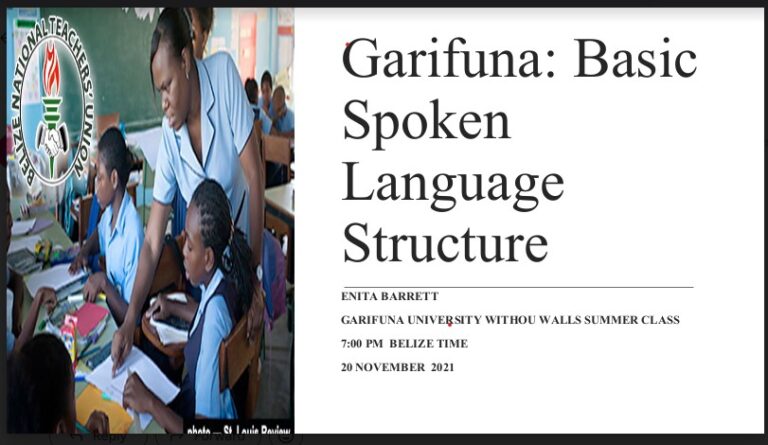Language Classes
Garifuna Language
Garifuna Language
The Garifuna language, also known as Garifuna or Garinagu (in the language itself), is spoken by the Garifuna people who primarily live along the coasts of Belize, Honduras, Guatemala, and Nicaragua. The language is part of the Arawakan language family and has influences from West African languages, due to the history of the Garifuna people who are descendants of West African slaves and indigenous Caribbean populations.
Key features of the Garifuna language include:
Vocabulary: Garifuna vocabulary is rich and combines Arawakan roots with loanwords from French, English, Spanish, and various African languages (especially from the Igbo, Yoruba, and Kongo languages).
Grammar: Garifuna is an agglutinative language, meaning that words often consist of multiple affixes that convey grammatical information. It has a complex system of verb conjugations and suffixes to denote tense, aspect, mood, and direction.
Sounds: The language has a relatively small phoneme inventory with about 20 consonant sounds and 5 vowel sounds. It features some unique sounds not found in English or Spanish, such as the glottal stop (represented by an apostrophe).
Tone: Garifuna is a tonal language, which means that pitch differences can change the meaning of words. The language has two tones: high and low.
Sentence Structure: Garifuna typically follows a Subject-Verb-Object (SVO) word order, similar to English. However, word order can be quite flexible due to the use of verb affixes to indicate grammatical roles.

